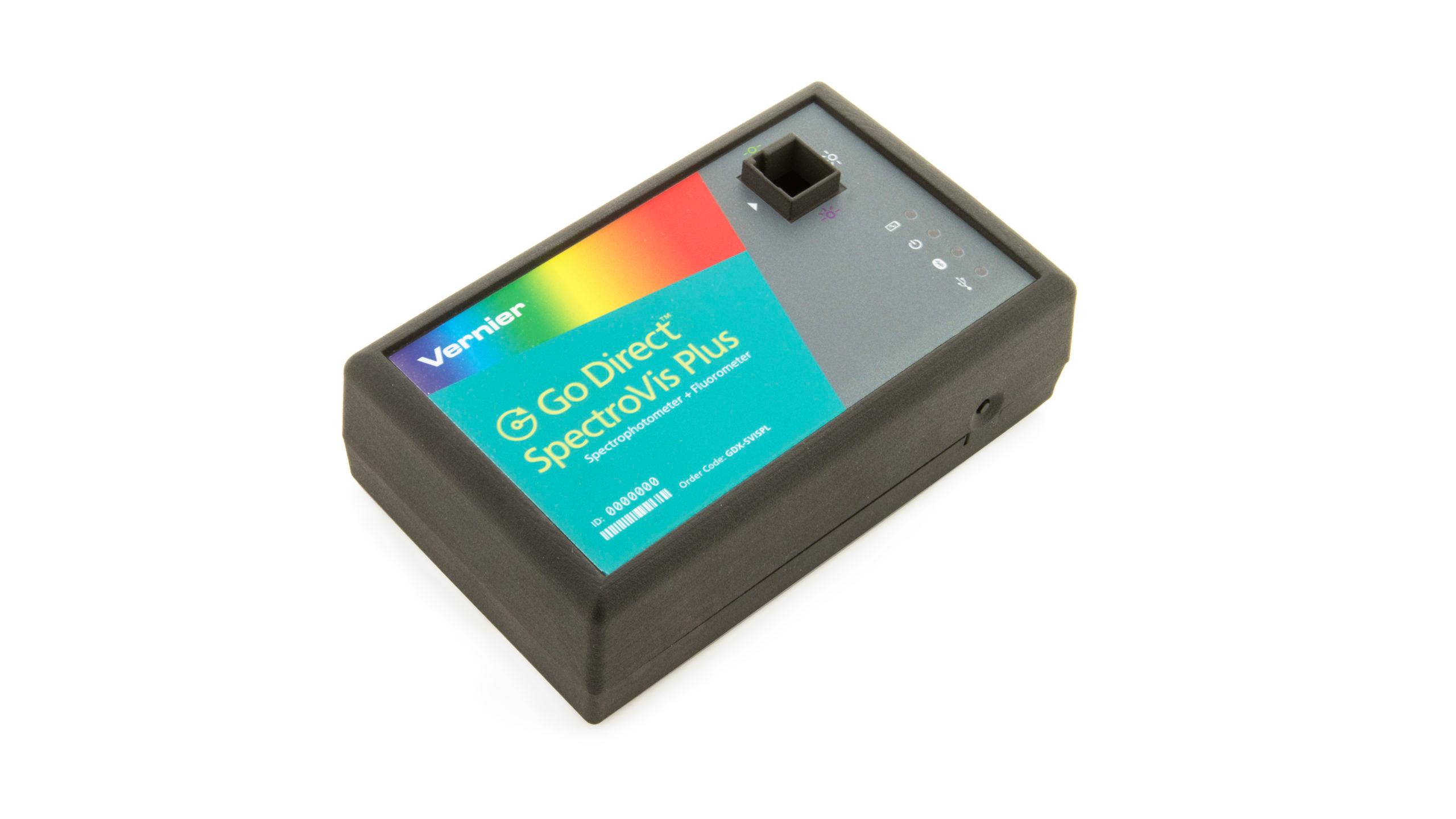Introduction
Plants contain many different molecules directly or indirectly involved with photosynthesis, which may also impart color to the plant. The mixture of chlorophyll molecules found in spinach, for example, absorbs several wavelengths of visible light, with distinct absorbance peaks in the blue range (400–500 nm) and in the yellow-red range (600–700 nm). The combination of visible light that is not absorbed appears green to the human eye. Chlorophyll contains a porphyrin ring in its structure with a magnesium ion in the center. The porphyrin ring accounts for much of the molecule’s light absorbance. Chlorophyll is found in the thylakoid plate of a plant chloroplast.
Carotenoids, accessory pigments produced in chromoplasts, are associated with many colors observed in vegetation. There are hundreds of different types of carotenoids. Carrots get their color, which is often orange but is not restricted to orange, from carotene. And carotene is not so much a specific compound as a family name for several compounds that also go by the name terpene.
Another type of carotenoid phyto-pigment is called anthocyanin. The purplish color of a red cabbage and the rusty red of the flesh of a blood orange are a result of the presence of anthocynanins, which also have the curious property of changing color with changes in pH. Anthocyanins absorb UV light, which is used by plants to perform two important functions: to attract insects, which augment pollination, and as a “sunscreen” to protect the other parts of the plant cells such as DNA from harmful UV radiation.
In this experiment you will extract pigments from spinach and carrots and measure their visible absorbance spectra with a Spectrometer. While you wait for the extracts to develop, you will measure the absorbance of blue and yellow food-colored water samples, which will provide an analogy to the absorbance of the plant pigment extracts.
Objectives
In this experiment, you will
- Measure and analyze the visible light absorbance spectra of pigments from spinach and carrots.
- Measure and analyze blue and yellow food coloring to compare with the plant pigments.
Sensors and Equipment
This experiment features the following sensors and equipment. Additional equipment may be required.
Ready to Experiment?
Ask an Expert
Get answers to your questions about how to teach this experiment with our support team.
- Call toll-free: 888-837-6437
- Chat with Us
- Email support@vernier.com

